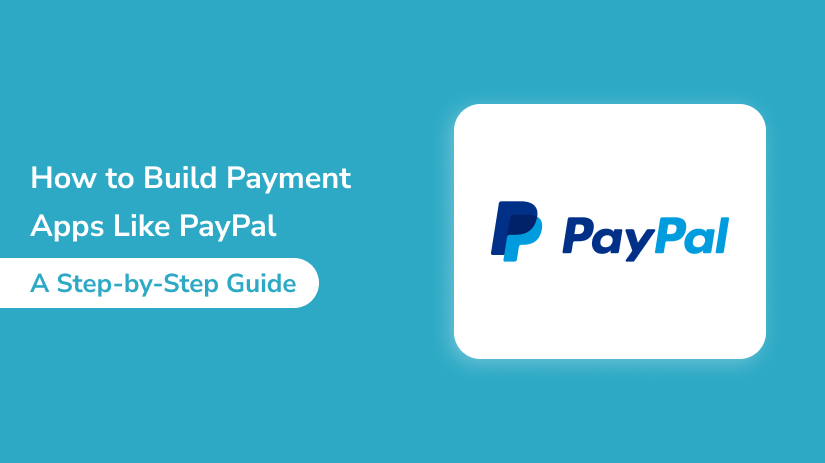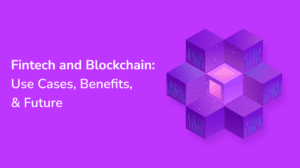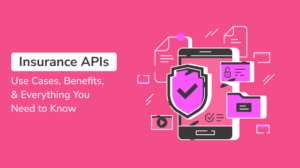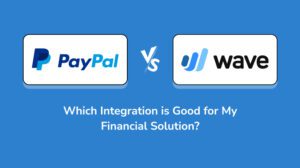Creating a payment gateway akin to PayPal involves several intricate steps, each crucial for ensuring a secure, efficient, and user-friendly platform. This guide will walk you through the essential stages of payment software development, from initial planning to deployment.
Whether you’re focusing on payment app development or money transfer software development. these insights will help you create a robust solution.
Step 1: Research and Planning
Before diving into development, conduct thorough research to understand the market, your competitors, and your target audience. Identify the key features that will set your payment gateway apart. Planning should also involve:
- Regulatory Compliance: Understand the legal requirements for payment processing in your target regions.
- Security Measures: Plan for robust security features, including encryption, fraud detection, and secure authentication methods.
Connect with us for Fintech Development Needs
Trusted by companies like Plaid, Yodlee, Codat.
Step 2: Define Features and Requirements
Based on your research, list the features you want in your payment gateway. Some essential features include:
- User Registration and Authentication: Secure sign-up and login processes.
- Payment Processing: Support for multiple payment methods (credit/debit cards, bank transfers, digital wallets).
- Money Transfer: Enable users to send and receive money.
- Transaction History: Detailed records of all transactions.
- Fundraising Tracking Software: The fundraising tracking software is optional but useful for platforms targeting non-profits or crowdfunding.
Step 3: Choose the Right Technology Stack
Selecting the right technology stack is critical for the performance and scalability of your payment gateway. For backend development, consider using Ruby on Rails due to its robust framework and security features.
Engaging expert Ruby on Rails developers can significantly streamline your development process. For the frontend, modern JavaScript frameworks like React or Angular can provide a seamless user experience.
Step 4: Design the Architecture
Design a scalable and secure architecture for your payment gateway. This includes:
- Database Design: Plan a database that can handle large volumes of transactions. Consider using databases like PostgreSQL or MySQL.
- API Integration: Develop APIs for integrating with banks and other financial institutions.
- Microservices: Use microservices architecture to enhance scalability and maintainability.
Connect with us for Fintech Development Needs
Trusted by companies like Plaid, Yodlee, Codat.
Step 5: Develop Core Components
Start with the core components of your payment gateway:
- User Management: Implement secure user registration, login, and profile management.
- Payment Processing Module: Develop the module to handle various payment methods and ensure secure transactions.
- Money Transfer Module: This money transfer software development module created for sending and receiving money.
- Transaction Management: Build a system to track and record all transactions.
Step 6: Integrate Third-Party Services
To enhance the functionality of your payment gateway, integrate with third-party services such as:
- Payment Processors: Integrate with services like Stripe or Braintree for handling transactions.
- KYC/AML Services: Use Know Your Customer (KYC) and Anti-Money Laundering (AML) services to verify user identities.
- Fraud Detection: Implement third-party fraud detection tools to monitor transactions for suspicious activity.
Step 7: Test Rigorously
Testing is crucial to ensure the security and reliability of your payment gateway. Conduct comprehensive testing, including:
- Functional Testing: Verify that all features work as intended.
- Security Testing: Perform penetration testing and vulnerability assessments.
- Performance Testing: Ensure the system can handle high transaction volumes without performance degradation.
Step 8: Deployment and Monitoring
Once testing is complete, deploy your payment gateway on a reliable cloud platform such as AWS or Azure. Post-deployment, continuously monitor the system for performance, security, and user feedback. Implement regular updates and improvements based on user needs and technological advancements.
Conclusion
Building a payment gateway like PayPal is a complex but rewarding process. By following these steps and focusing on secure, scalable, and user-friendly development, you can create a successful payment solution.
Whether you are delving into payment app development or money transfer software development, having a team of expert Ruby on Rails developers can make a significant difference. Additionally, consider integrating fundraising tracking software if your target audience includes non-profits or crowdfunding initiatives.
Embark on your journey with a clear plan, the right tools, and a dedicated team to create a payment gateway that stands out in the competitive fintech landscape.
Happy Payment Gateway Integration!!
Connect with us for Fintech Development Needs
Trusted by companies like Plaid, Yodlee, Codat.





